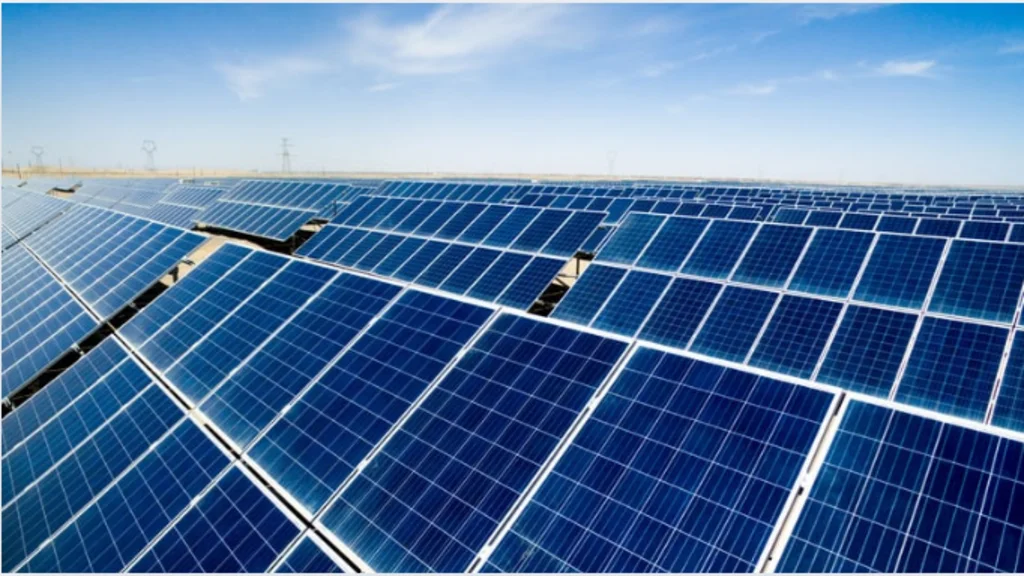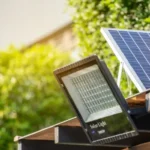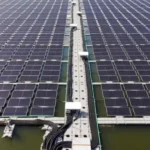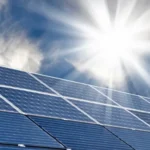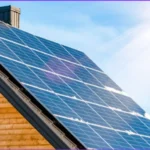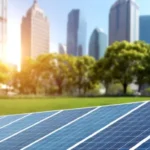Imagine this: You’re camping in a remote area, miles from the nearest outlet. Your phone is dying, your camera’s battery is blinking red, and your portable fridge is about to shut off. In situations like this, a foldable solar panel can be a game-changer, offering clean, renewable energy anywhere the sun shines.
But are foldable panels just a novelty, or are they a reliable, scalable solution for modern energy needs? In this guide, we’ll break down what they are, how they work, who should consider them, and what limitations to watch out for.
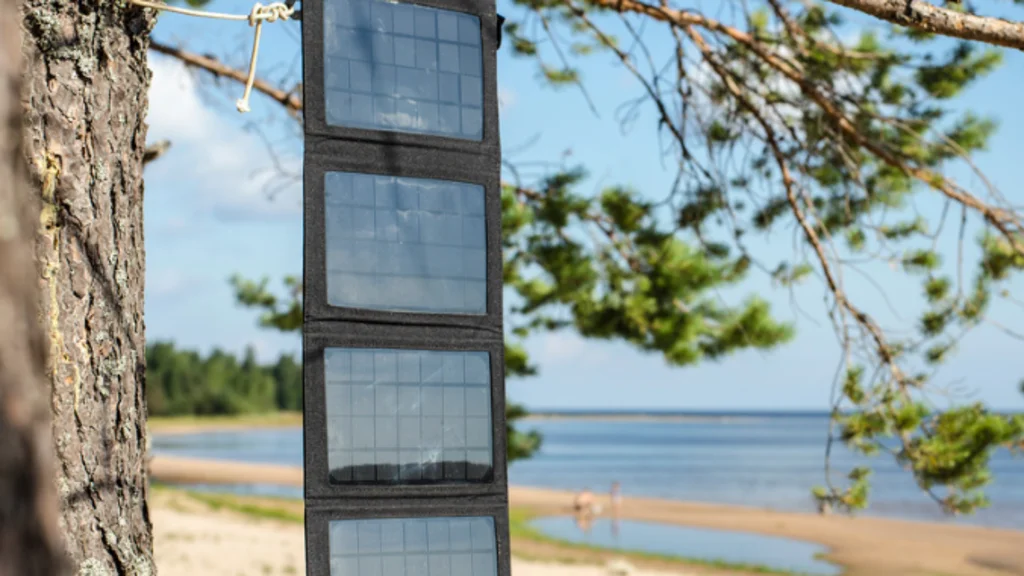
What Is a Foldable Solar Panel?
A foldable panel is a lightweight, portable solar module designed for easy transportation and setup in temporary locations. They’re typically made with flexible or semi-flexible monocrystalline or polycrystalline cells laminated onto durable fabric or thin plastic.
Key Components:
- Foldable segments with solar cells
- Integrated charge controllers or USB ports
- Kickstands or eyelets for mounting
- Weather-resistant casing or bag
These panels are commonly used for:
- Camping and off-grid travel
- Emergency preparedness kits
- Portable EV battery top-ups
- Charging small electronics on the go
How Foldable Panels Work in Real Life
Unlike rigid panels that are permanently mounted, foldable panels are often used on-the-go. Take, for example, my client Brian, an outdoor photographer who relies on a 120W foldable solar panel from Jackery. He uses it to power his camera batteries and satellite phone in remote terrains like the Rockies. He noted:
“I’ve tried power banks, but nothing compares to just laying out the panel in the sun and watching my gear charge without noise or fumes.”
This practical use case highlights how foldable solar offer real-world utility, especially when off-grid independence is key.
Visit here: How do solar panels work:
Benefits of Foldable Panels
Foldable solar come with numerous advantages for both occasional users and solar enthusiasts:
Portability
Most models fold down like a laptop or tri-fold binder. A 100W unit can weigh as little as 4–6 lbs, making it ideal for backpackers.
Easy Setup
No wiring or mounting needed—just unfold and point toward the sun.
Versatility
Charge phones, laptops, battery packs, camping fridges, or even trickle-charge your EV (with the right inverter setup).
Emergency Use
Reliable during power outages, natural disasters, or camping trips when the grid isn’t available.
Off-Grid Independence
Great for RVs, boats, cabins, or outdoor workstations where plug-in power is unavailable.
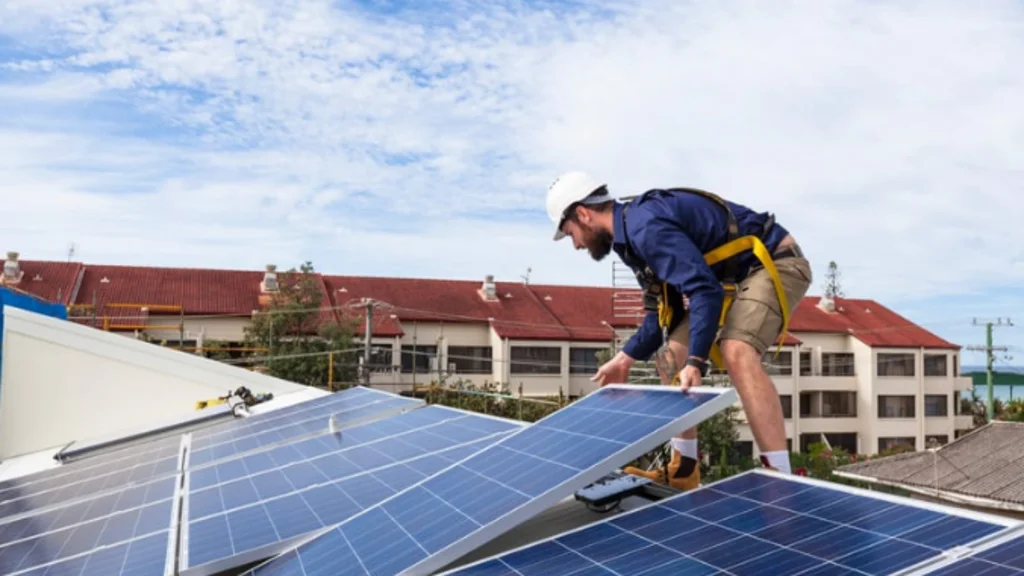
Foldable vs. Rigid Solar Panels: Which Is Right for You?
While solar panels are convenient, they aren’t always the best fit for every situation.
| Feature | Foldable Panels | Rigid Panels |
| Portability | Lightweight, easy to carry | Heavy and fixed installation |
| Efficiency | Slightly lower than rigid | Higher wattage and efficiency |
| Durability | Susceptible to wear and tear | Long-lasting, weatherproof |
| Use Case | Ideal for mobile, temporary setups | Best for rooftops or permanent arrays |
| Cost per Watt | More expensive per watt | More affordable per watt |
According to Energy.gov, rigid panels tend to offer higher long-term ROI, but for mobile or emergency uses, foldables win on convenience.
What to Look for When Buying a Foldable Solar Panel
Here’s a checklist to help you pick the right unit:
1. Wattage Output
Common models range from 40W to 200W. A 100W panel can charge a smartphone 10+ times or power a laptop for several hours.
2. Weight and Size
Balance portability with output needs. A 120W model often folds to the size of a briefcase.
3. Connectors and Ports
Look for USB-C, DC outputs, or Anderson connectors depending on what you’re charging.
4. Charge Controller
Some models include built-in MPPT controllers, which help optimize power transfer and protect batteries.
5. Weather Resistance
Ensure it’s rated IP65 or higher for water and dust protection if you’re taking it outdoors frequently.
Click here : Best pv panels.
Maintaining Your Foldable Panel
Even portable panels require care. Dust, shade, and scratches reduce their effectiveness.
Maintenance Tips
- Wipe them clean regularly with a soft cloth
- Avoid folding while dirty to prevent cell damage
- Keep them dry after use to avoid mold or corrosion
- Store flat or loosely rolled to prevent micro-cracks
Expert Note: Soiling can reduce solar efficiency by up to 20%. Even portable panels benefit from regular cleaning.
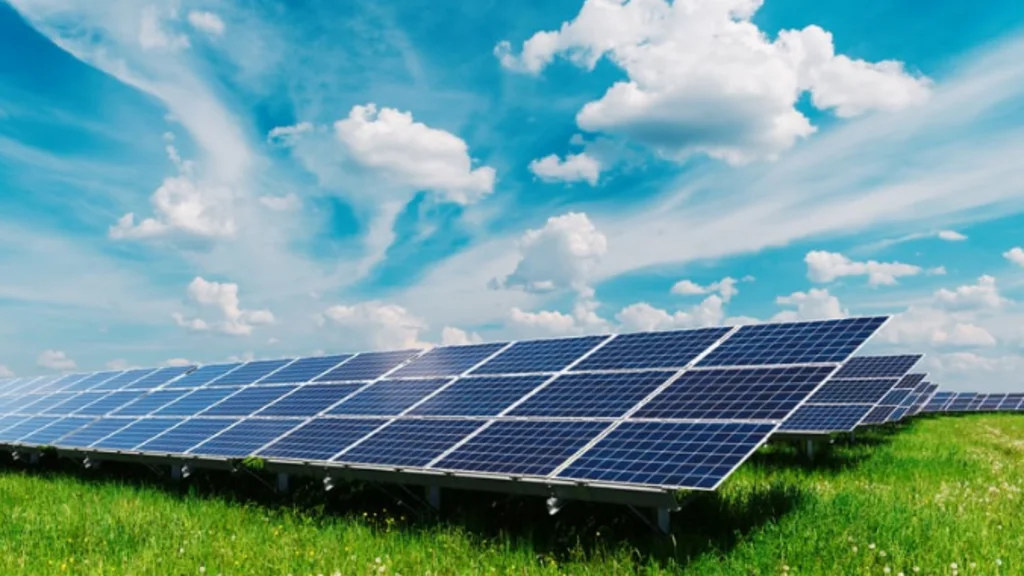
Real Limitations of Foldable Panels
No product is perfect. Here’s what to consider before you invest:
- Lower efficiency compared to rooftop panels (15–18% typical)
- Not suitable for full-home use
- Output varies with shading and angle
- Durability concerns with long-term use
These panels are ideal as a supplementary solution—not a full system replacement.
How to Pair Foldable Panels with Batteries and Inverters
To maximize usage, pair your foldable panel with a portable power station like the EcoFlow Delta or Jackery Explorer series.
Here’s how it works:
- Solar panel collects sunlight
- Controller regulates flow to avoid overcharging.
- Battery stores power for use when the sun is down
- Inverter converts it to usable AC power
Troubleshooting Tip: If your panel isn’t charging, check:
- Cable connections
- Position of panel (must face direct sunlight)
- Battery capacity (may be full or faulty)
Use Cases: Who Should Consider Foldable Solar Panels?
- Campers and van lifers
- Disaster preparedness planners
- Photographers and filmmakers
- Small business owners powering signage or kiosks
- Remote workers needing off-grid solutions
Should You Get a Foldable Solar?
If you’re someone who values freedom, mobility, and clean power, a foldable panel can be an incredibly useful tool. It won’t replace your rooftop array, but for everything from camping to blackout recovery, it’s a reliable companion.
Don’t let cloudy skies or remote trails limit your energy options. Check your gear, evaluate your energy needs, and see if a foldable solar is the smart move for your lifestyle.
If you haven’t reviewed your mobile power setup recently, now’s a great time. Foldable panels are more efficient and durable than ever. Schedule a consultation with a solar expert or explore top-rated models online to find the perfect match for your off-grid adventures.
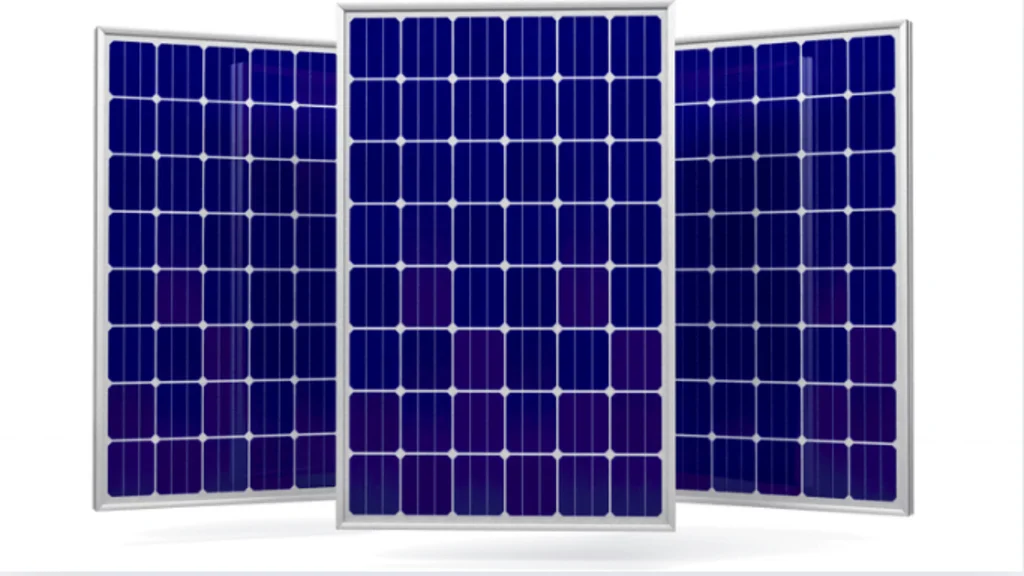
FAQs
What can I charge with a foldable solar panel?
Most models can power phones, laptops, cameras, and even portable fridges with the right inverter or power station.
Are foldable panels waterproof?
Many are water-resistant (IP65), but not fully waterproof. Always check specs before using in wet conditions.
How long do foldable panels last?
With proper care, they can last 5–10 years. Durability depends on build quality and usage frequency.
Do foldable panels work on cloudy days?
Yes, but with reduced output—typically 25–40% of their rated capacity.
Can I use a foldable panel to charge my EV?
Technically yes, but you’d need a high-wattage setup, a smart inverter, and a compatible battery bank. It’s slow, but possible.

